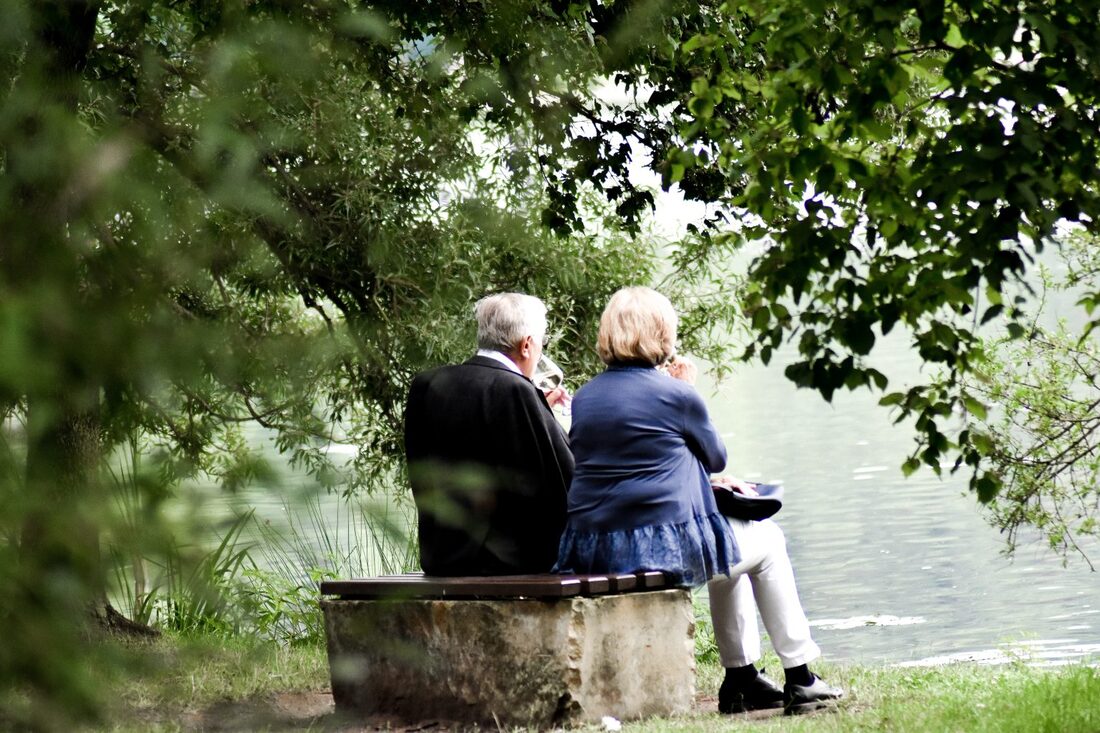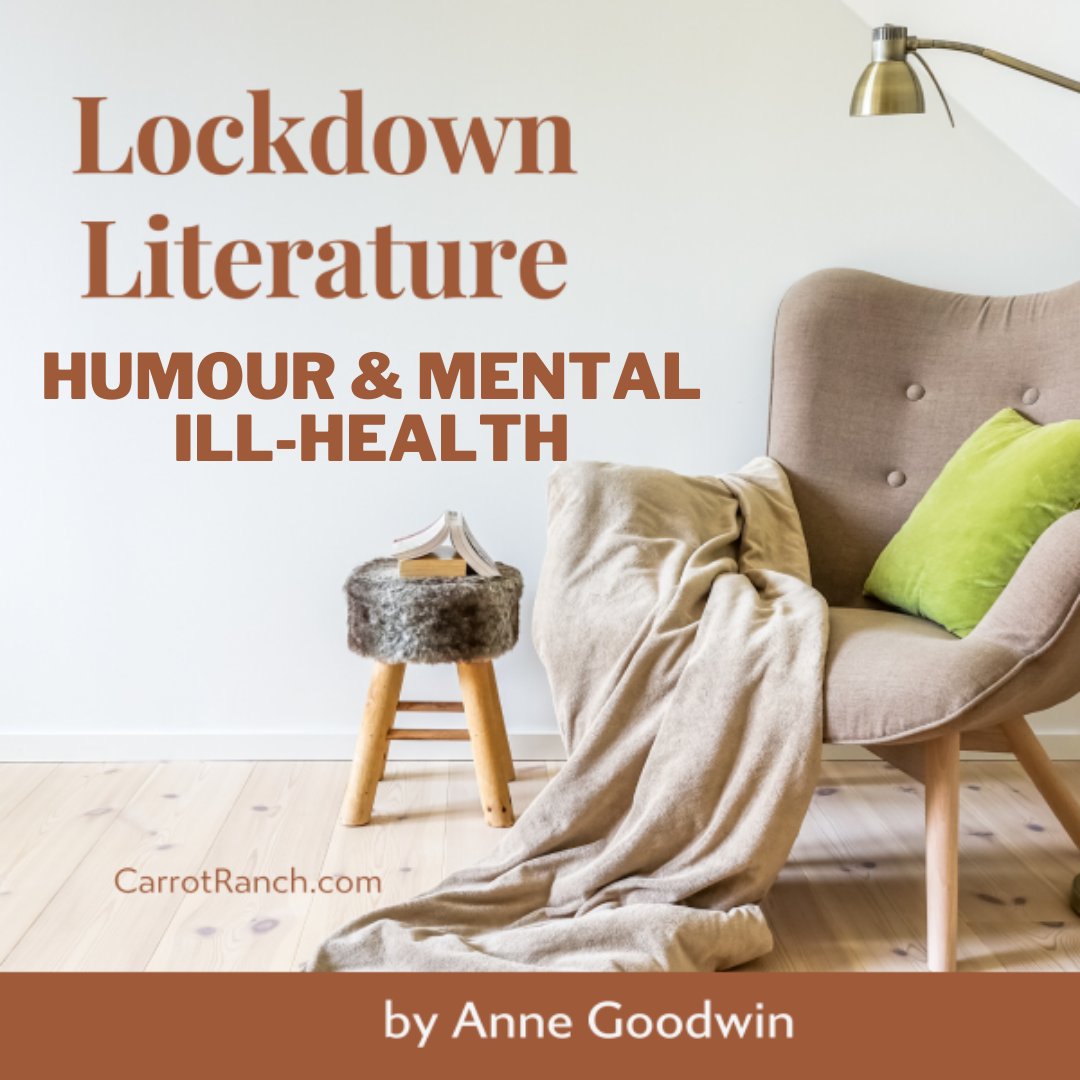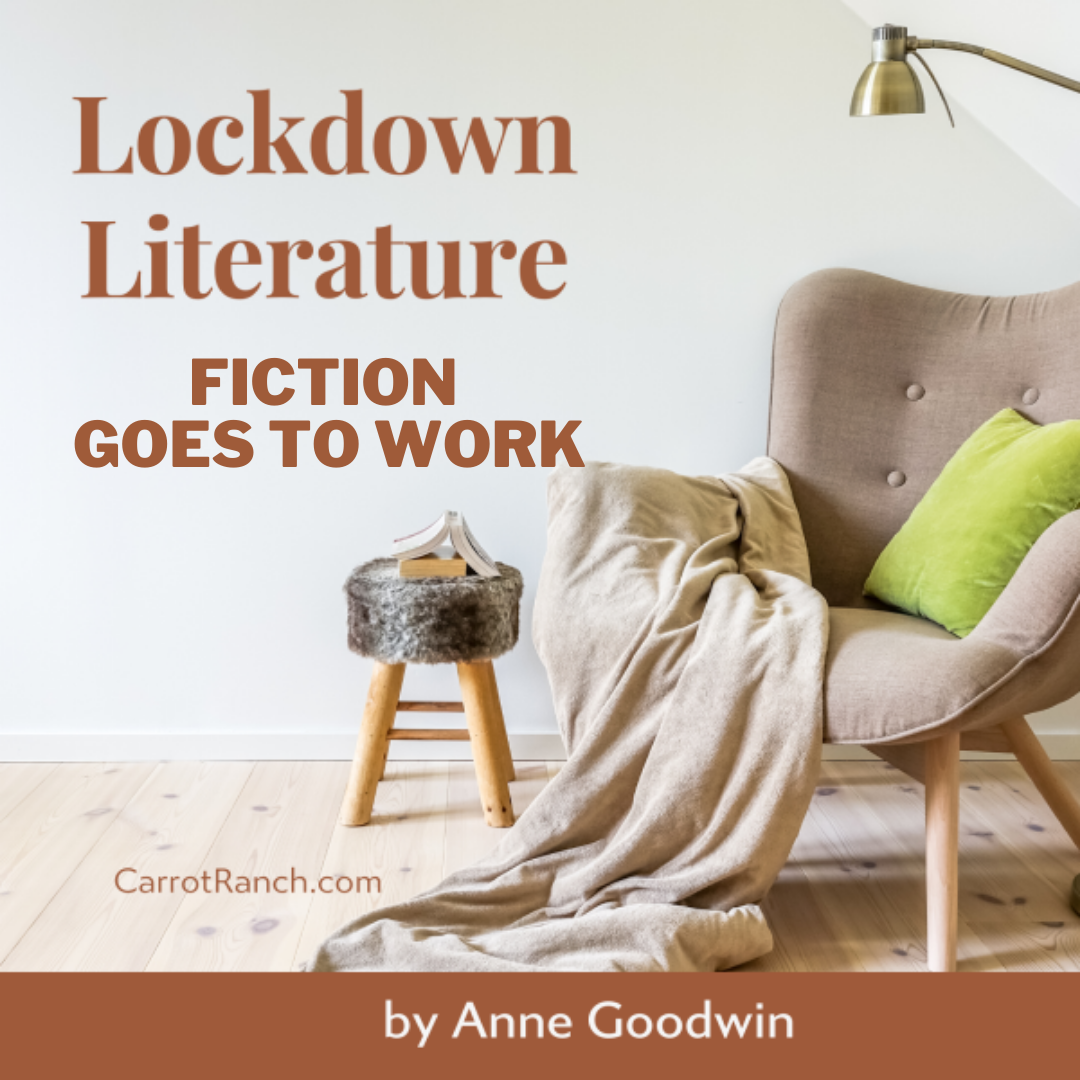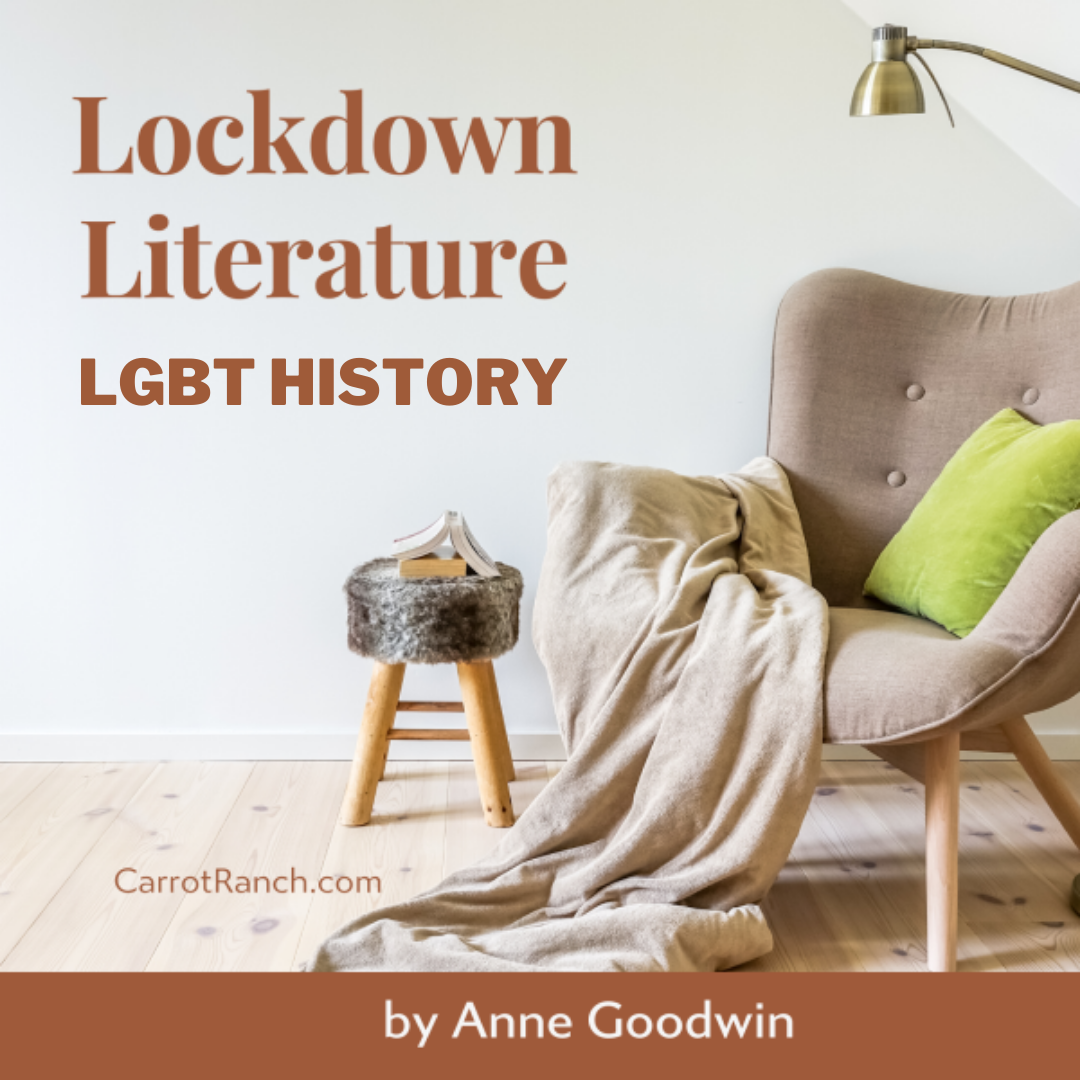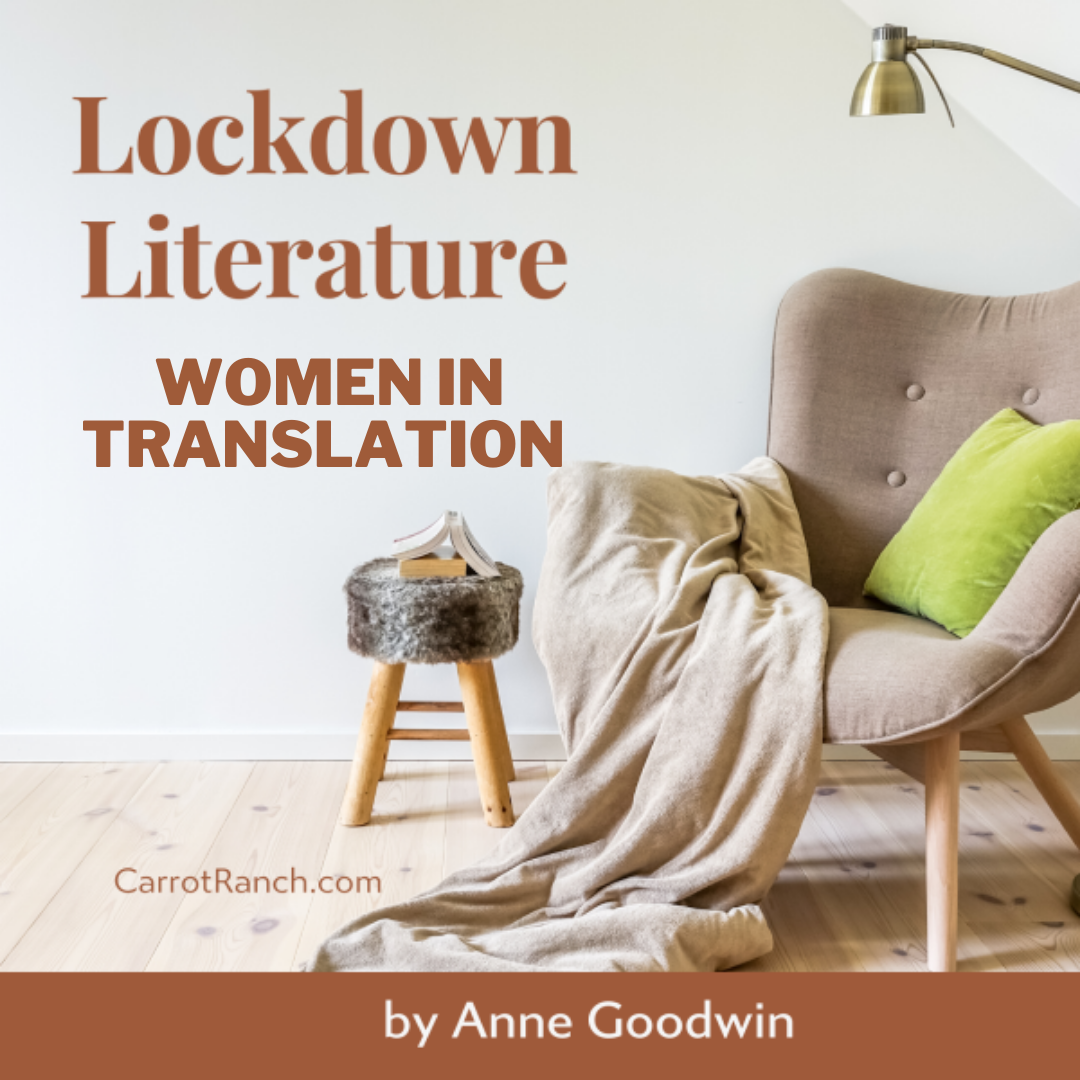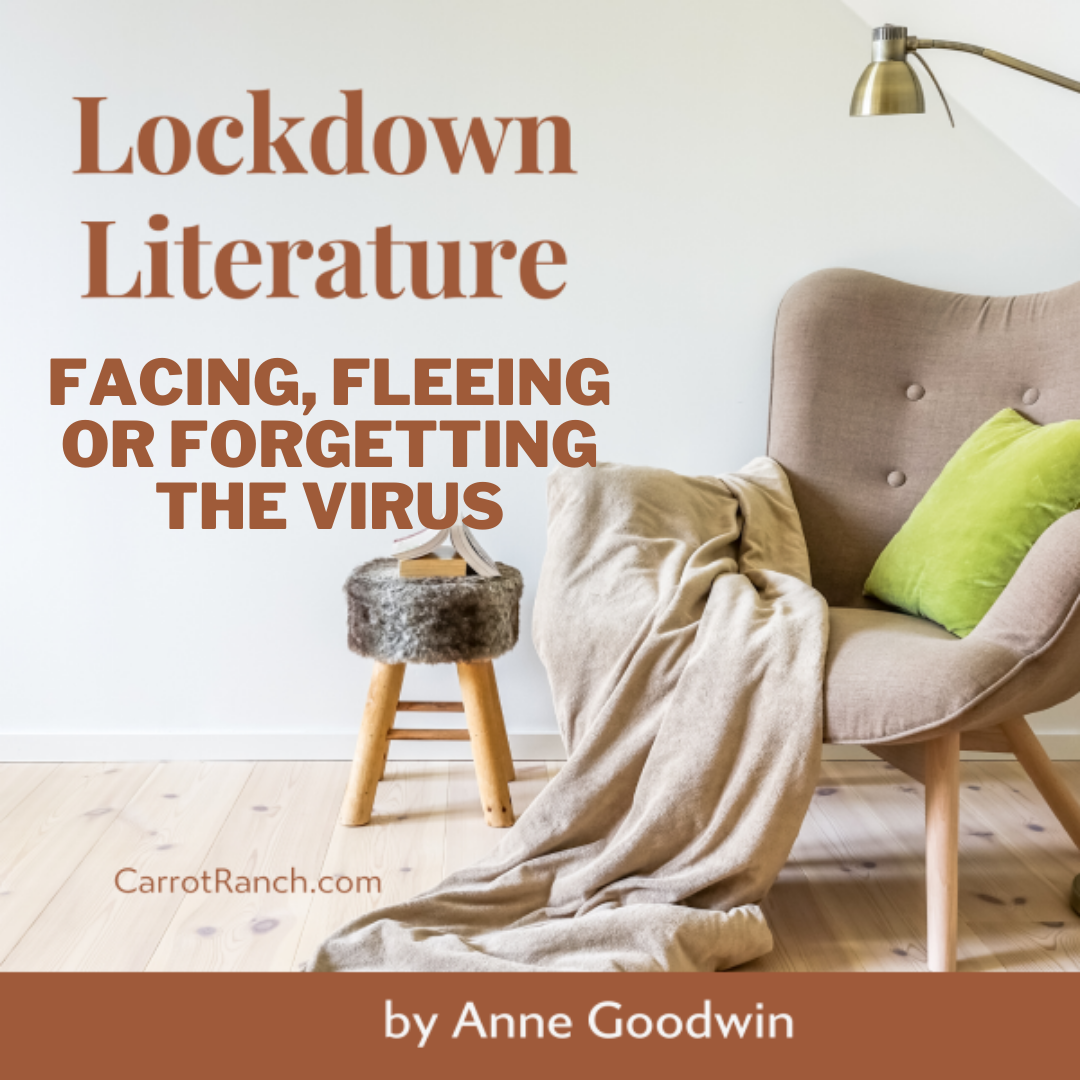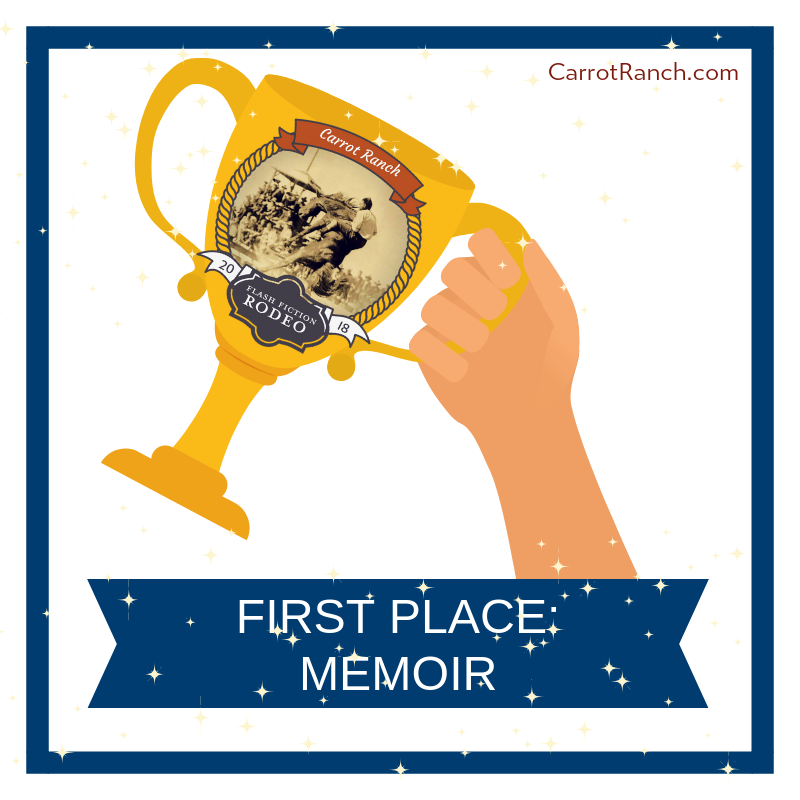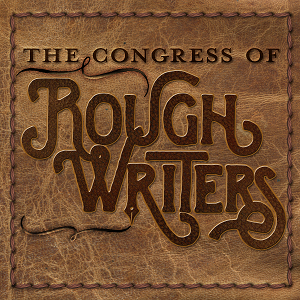Welcome
I started this blog in 2013 to share my reflections on reading, writing and psychology, along with my journey to become a published novelist. I soon graduated to about twenty book reviews a month and a weekly 99-word story. Ten years later, I've transferred my writing / publication updates to my new website but will continue here with occasional reviews and flash fiction pieces, and maybe the odd personal post.
|
As the Russian invasion of Ukraine approaches its second year, a couple of recent reads reminds me of how other eastern European countries have suffered under the Soviet regime. These novels are about women’s lives in the late 1940s and early 1950s: the first set in Poland and the second in Hungary. Would you believe that it wasn’t until I came to post this that I realised both titles feature animals that should be in the wild?
4 Comments
I’ve recently read two very different novels in which traumatised mothers suffer a second blow in being distanced from both their children, albeit the separation is for very good reasons. The first is a translation set against the backdrop of the Rwandan genocide. The tragedy in the second is less widespread, restricted to one particular family, but nevertheless extremely painful for those concerned. Read on to discover how these books are about so much more.
I love the freedom fiction gives me to make things up, but I also enjoy the facts I discover in the course of my research. In my novella, Stolen Summers, I gave my character, Matilda, a dancing partner who attracted and intrigued her, partly because he came from a different background.
These two novels are about the consequences of untimely deaths on those left behind. The first is set during the First World War when a grieving soldier is set to work making masks to hide the horrific facial injuries of those wounded in the trenches. The second is about two orphaned sisters and an anthropologist with unconventional ideas about mourning rituals.
Allow me to introduce you to two translated novels, set on different continents a century apart, in the aftermath of wars that, for some, will never end. The first is set in contemporary Angola, a country rich in minerals but economically poor, hampered by twenty-five years of civil war; the second takes place in France, at the end of the First World War, a war which will continue to impact on the members of one small family for the rest of their lives.
I’m sharing my reflections on these recent reads about the aftermath of a family tragedy, the first set in 1970s rural England and the second in contemporary Alabama. Both are by women writers whose previous novels I’ve loved and I’m delighted to say they didn’t disappoint.
I’ve been reading about fictional male vulnerability in this contemporary translation and this classic from seven decades ago. In the latter, a man has lost his infant son in Nazi-occupied France. Although he’s had an easier war in England, he’s almost as lost as the child. In the other, a family flees poverty in Russia, ostensibly in the hope of better health care for an orphaned boy. But perhaps it’s not him, but his grandparents, who need help most.
A novel and a novella featuring twins pulled apart when one is targeted to be a pawn in a war they don’t fully understand: in the first, nineteen-year-old Londoners; in the second, boys in an unnamed Arab country brainwashed into self-sacrifice at only nine.
Only one of these three recent reads is classed as a horror novel and, although not my usual genre, it turned out to be my favourite of the three. But we don’t need to evoke the supernatural to scare ourselves: there are real-life horrors in each of these stories. In the first, a translation, war has killed many and put the survivors’ lives on hold. In the second, set in rural Cumbria, the spooky happenings are extra disturbing for a man with unprocessed memories of violence from childhood, as well as his helplessness in the face of his wife’s agonising three-day labour. The third is a 1960s classic set in a horrific – but typical of its time – psychiatric hospital where the regime seems designed to make a bad situation worse.
Two recent reads set in medieval Europe, where reluctant heroines must confront obstacles both spiritual and tangible to take a chance on happiness with the man they love. The first is set in Britain and the second, two centuries later, in France. Both include St Margaret as a minor character, but I was rooting for the maids on a mission, hoping they’d save their loved ones, and themselves.
These two recent reads are about marriages under severe strain. In the first, set in the southern USA, a woman turns to a mutual friend when her husband is sentenced to twelve years’ in prison for the crime of being black in the vicinity of a sexual assault. In the second, set in the UK, a family is in crisis as a result of the husband and father’s combat PTSD.
Humour is a tricky business, especially around serious subjects. Get it right, and you can entertain while inciting rage at injustice. Get it wrong, and you risk becoming the target of rage. So what did I make of these two comic novels? The first set in Blitz-blasted London, the second in contemporary Atlanta, which draws you most and are you able to guess which I’d prefer?
When I studied the psychodynamics of organisations, I was encouraged to pay particular attention to how the system responds to a new arrival. Likewise in fiction, the introduction of an outsider is a useful strategy for delving under the skin of a community, especially one in crisis. In both these recent reads, the outsider is a teenage girl, bereft of family, who is smoothly absorbed into the existing structures and, to a small degree, starts to change them. In the first, a translated novella, set in Austria at the end of the Second World War, she is the main point-of-view character. In the second, a debut novel with a contemporary South African setting, she is one of several somewhat shadowy characters. But both books are more about historical and geographical place than person. See what you think.
I recently read very different two novels with a supernatural element and a forest setting where nature cannot be ignored. The first is a meditation on our collective fragility involving a fantastic – in the literal sense – bird. The second is a psychological suspense story about a family and community haunted by a young mother’s disappearance a decade before.
The young protagonists of these two novels are worlds apart in time, geography and social class and expectations. The first is a Hungarian translation about a girl sent to an elite boarding school during the Second World War; the second is a fantasy about a street kid trying to rise above his physical and social disadvantages. Both feature endearing teenagers grappling courageously with injustice and, in the process, learning about themselves.
Strange bedfellows these two translations: the first an historical novel from France; the second a contemporary slipstream novel from South Korea. My excuse for linking them is an issue that was on my mind the day I finished the first and started the second, thanks to a non-fiction book I had ordered. Although women being blamed for sexual abuse and harassment is only a minor issue in these novels, it’s so important I make no apology for ushering it into the limelight.
These two novels feature the displacement of people and the unique cultures and environments they left behind. The first introduces us to the remote Scottish island of St Kilda whose depleted population was evacuated to the mainland in 1930. The second links Venice with the Sunderbans in the Bay of Bengal via folklore and cli-fi. Despite their complementary covers, they’re very different books.
That’s right, both novels are about daughters: the first a debut about the claustrophobic bond between mothers and daughters exacerbated by the claustrophobic island setting; the second a translation from Hebrew set in late 19th-century Russia about the consequences of a father teaching his younger daughter his unusual trade. Of course there might be other connections but, as you’ll see if you read to the end, right now, I’ve got fictional daughters on the brain.
In what circumstances is it acceptable for women to abandon their traditional roles? What are the consequences if they should do so ill-advisedly? Although these two novels are set in different times and cultures to my own, they raised questions for me as to how far we can safely step out of line. The first novel pays homage to the forgotten women of Ethiopia who took up arms when the country was invaded by Mussolini’s troops. In the second, set in seventeenth century north Norway, the women have no choice but to do the jobs previously carried out by their menfolk when a storm at sea wipes out most of the male population, only for some to find themselves accused of witchcraft a few years later.
What could these two novels possibly have in common other than the similar colours on the covers, and that I read them consecutively in the week they were published in the UK? The first is a family saga spanning six decades from the Spanish Civil War to the defeat of Pinochet in 1990s Chile from a doyenne of Latin American literature. The second is a debut about madness and motherhood. Both are concerned with exile, to and from Europe and the Americas; the latter also addressing psychological exile from the self.
|
entertaining fiction about identity, mental health and social justice
Annecdotal is where real life brushes up against the fictional.
Annecdotist is the blogging persona of Anne Goodwin:
reader, writer, slug-slayer, tramper of moors, recovering psychologist, struggling soprano, author of three fiction books. LATEST POSTS HERE
I don't post to a schedule, but average around ten reviews a month (see here for an alphabetical list), some linked to a weekly flash fiction, plus posts on my WIPs and published books. Your comments are welcome any time any where. Get new posts direct to your inbox ...
or click here …
Popular posts
Categories/Tags
All
Archives
March 2024
BLOGGING COMMUNITIES
|
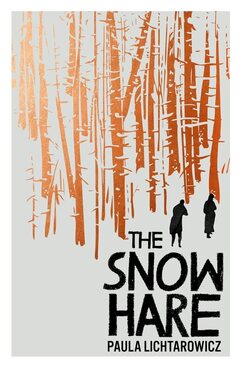
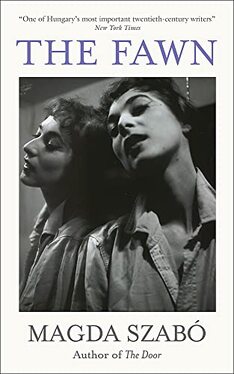
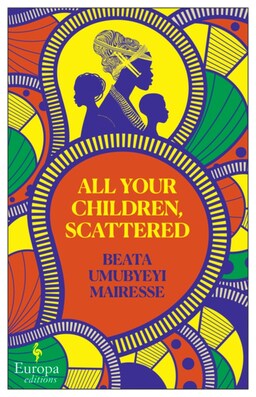
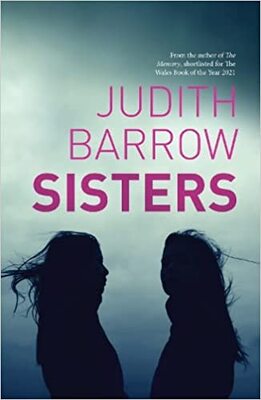
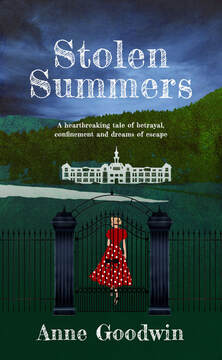
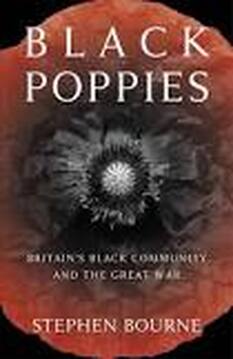
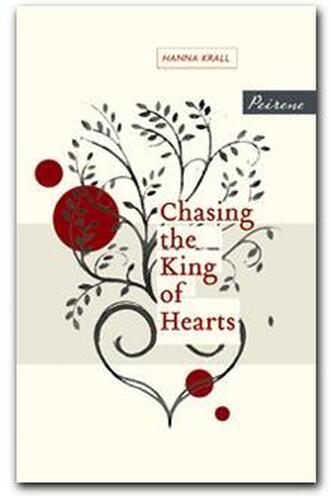
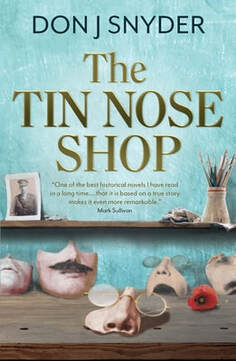
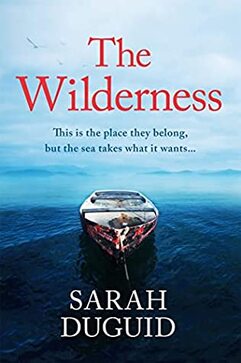
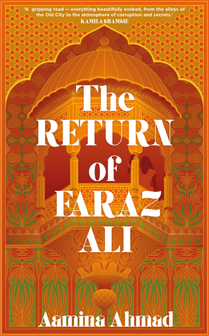
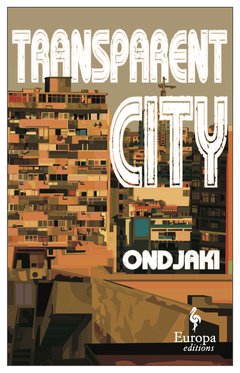
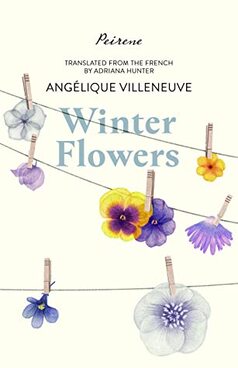
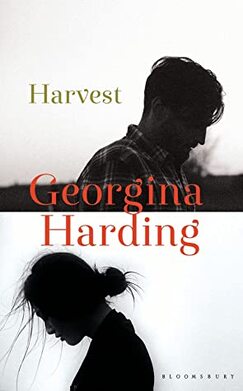
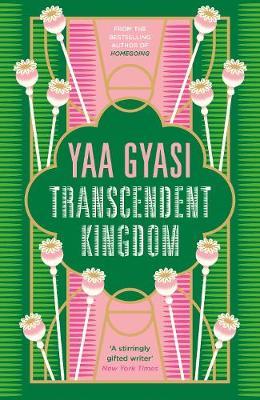
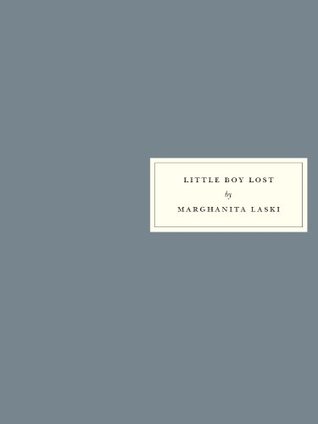
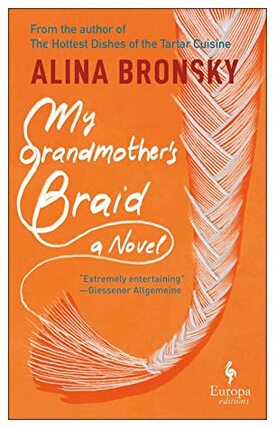
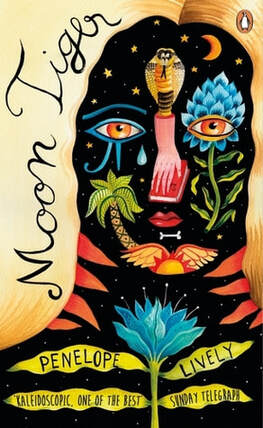
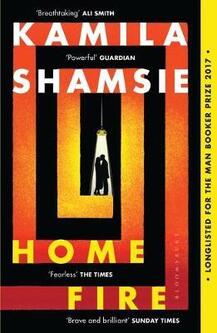
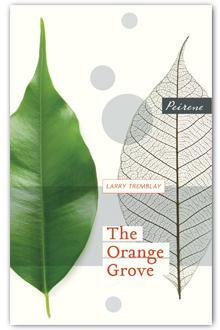
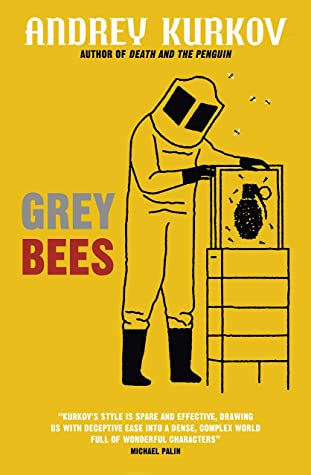
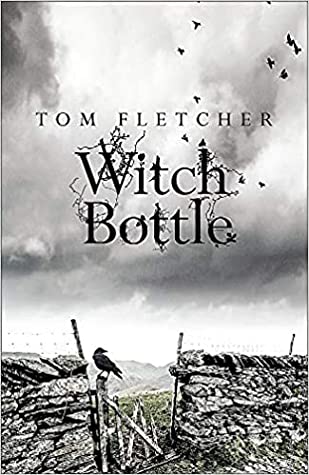
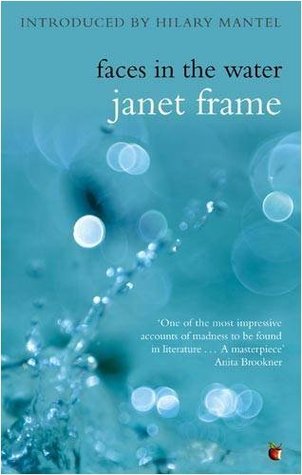
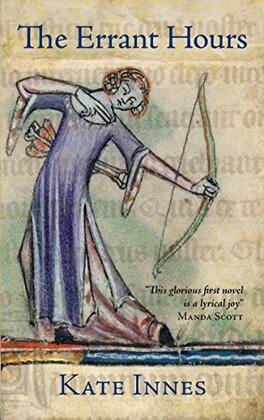
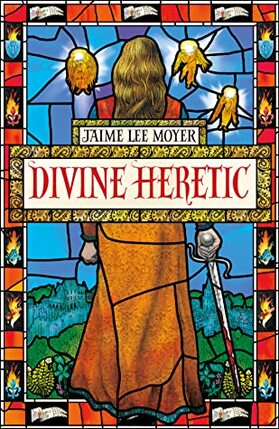
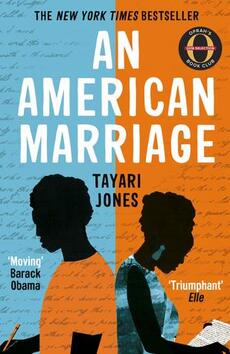
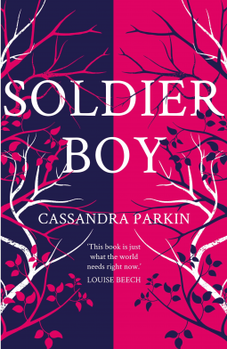
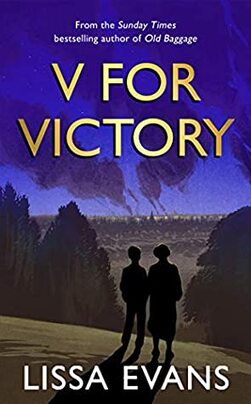
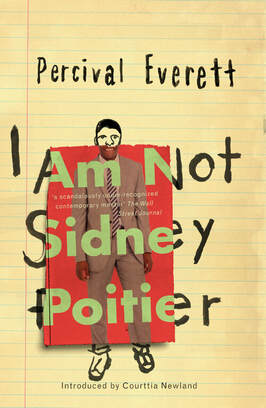
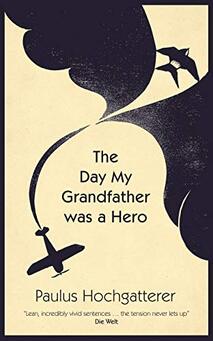
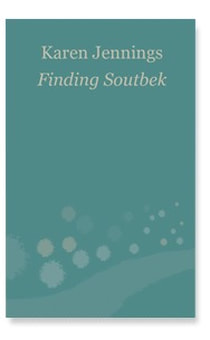
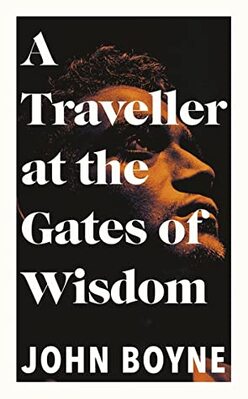
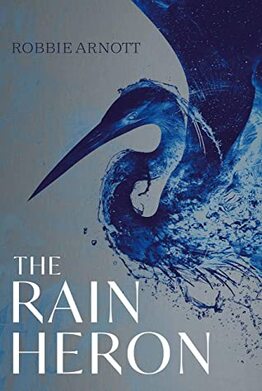
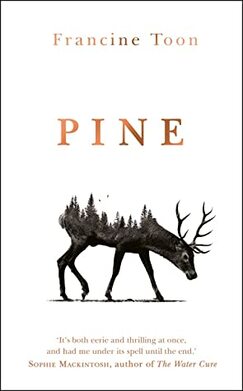
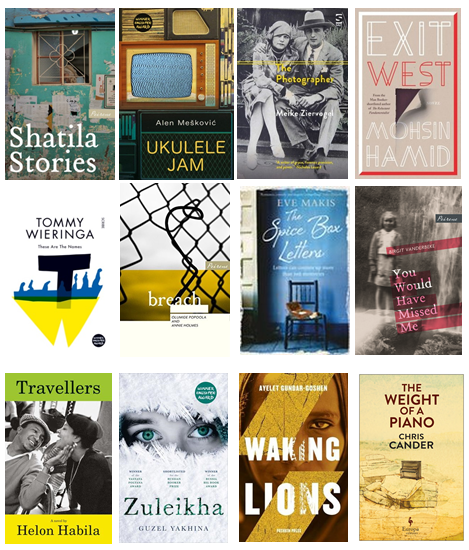
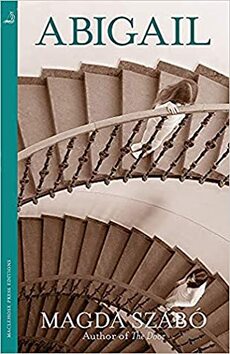
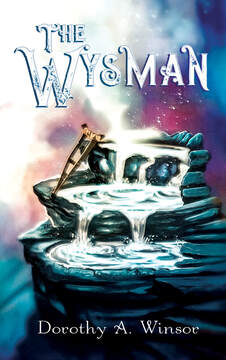
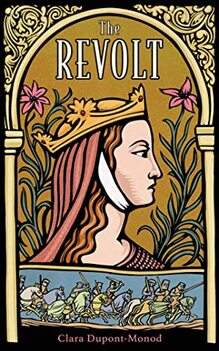
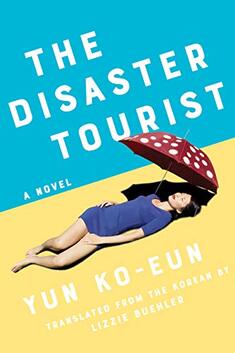
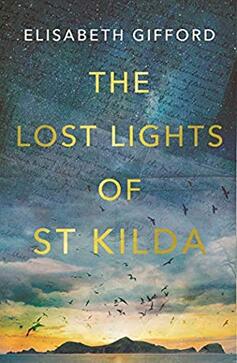
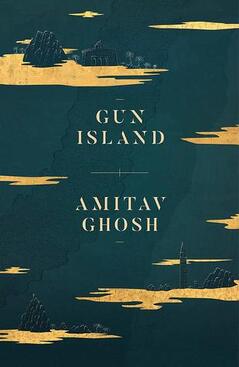
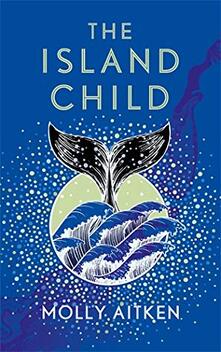
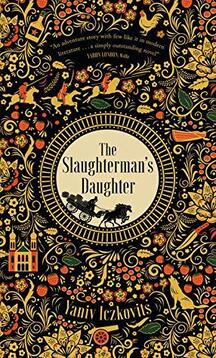
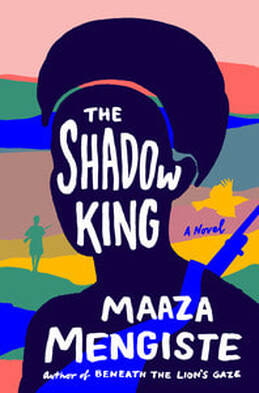
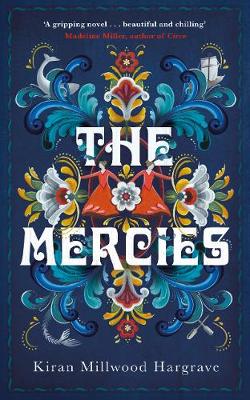
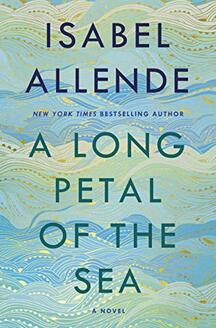
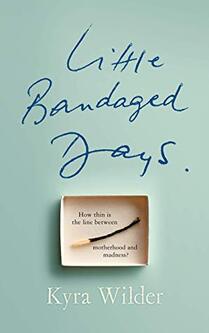
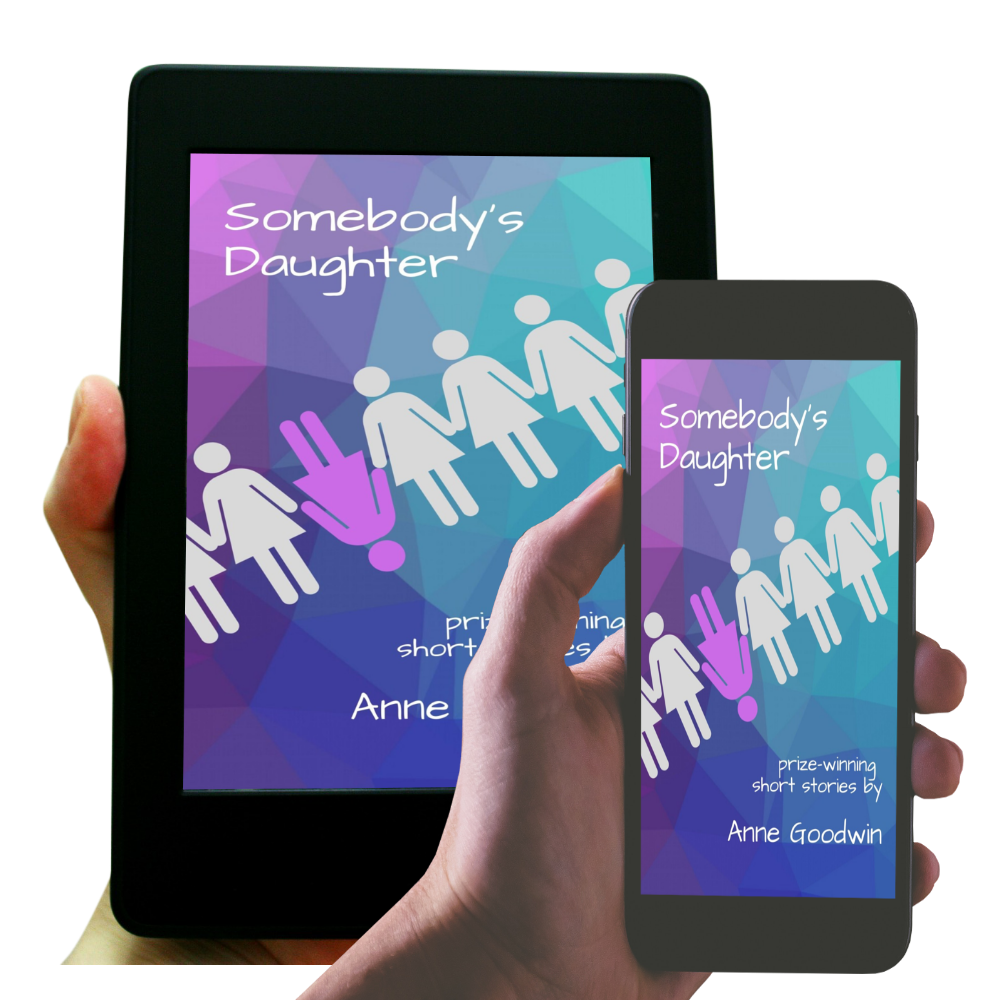
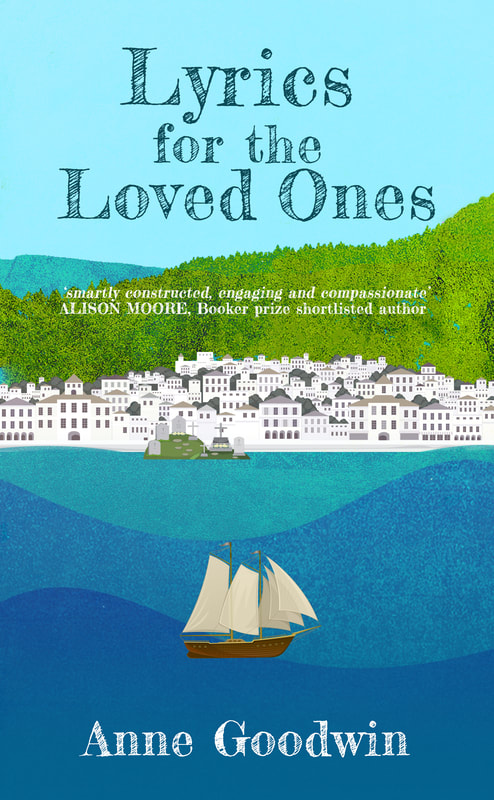
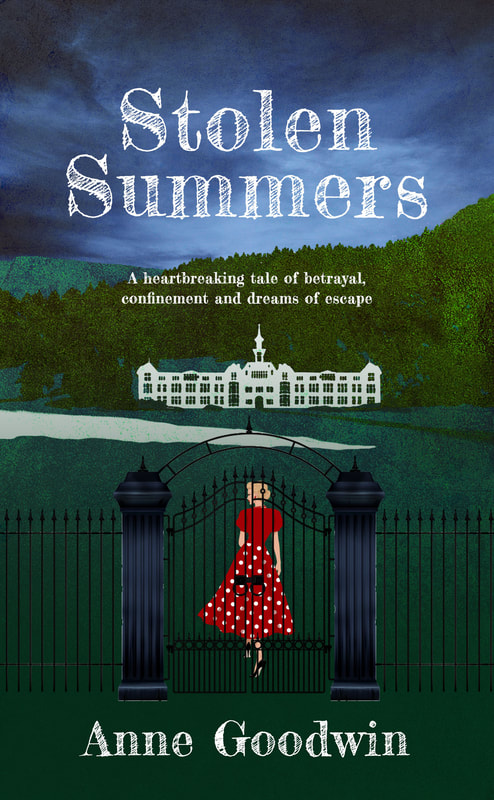



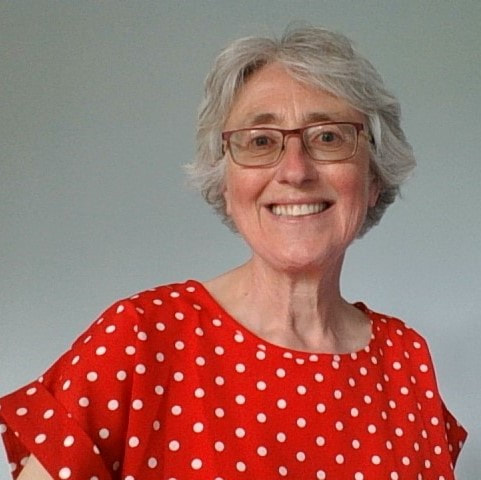
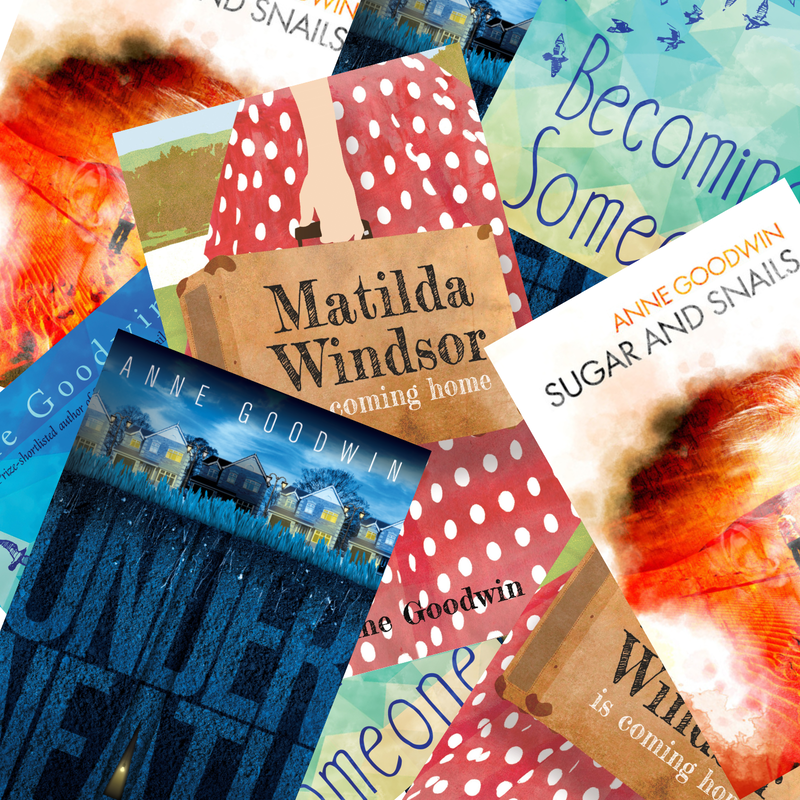
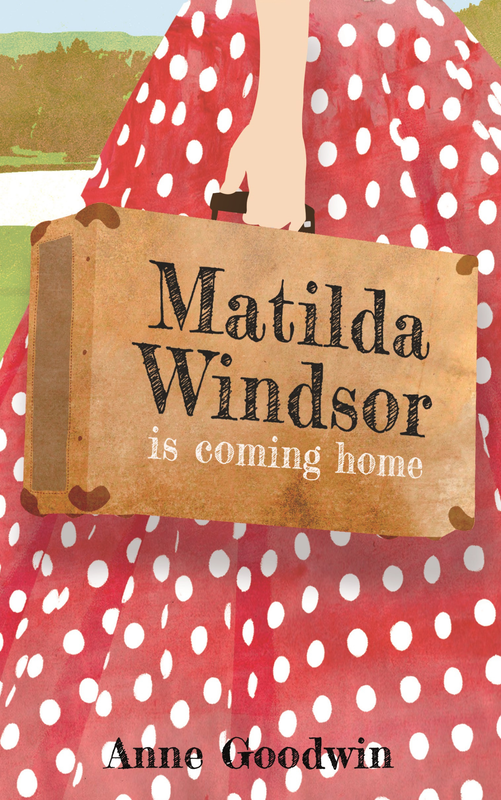
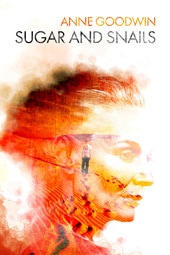

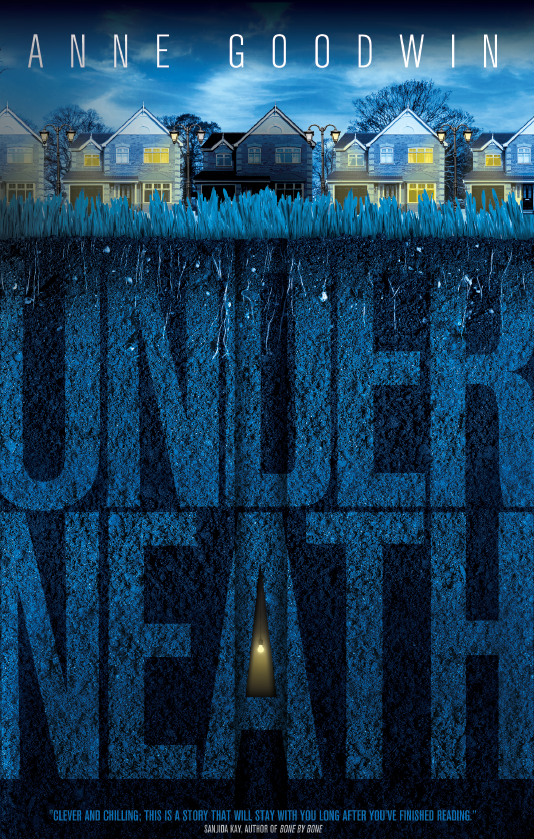
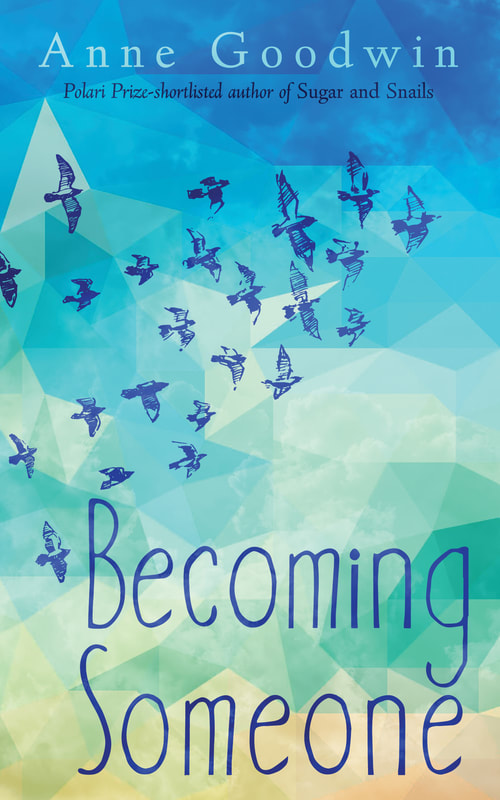






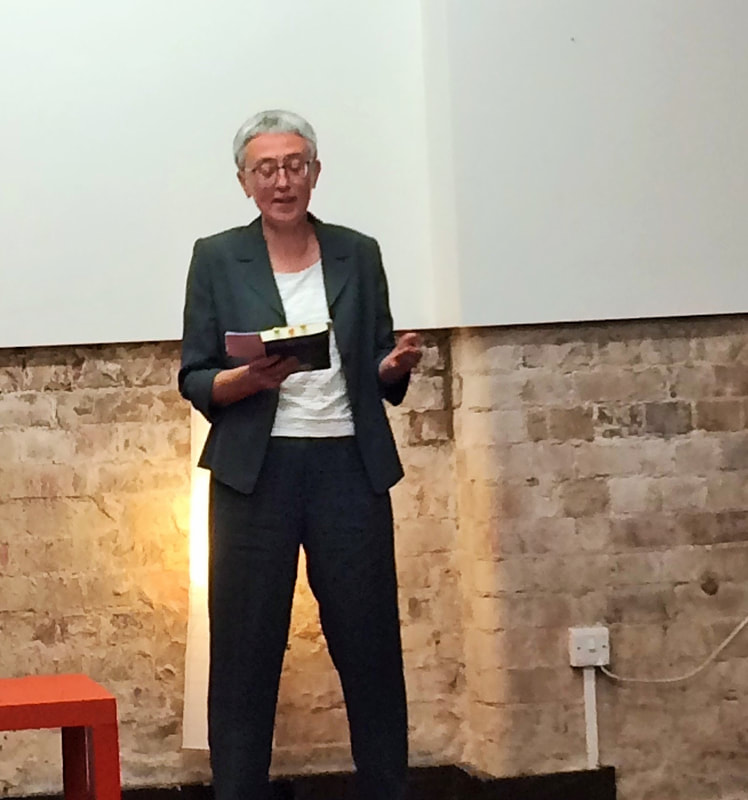

 RSS Feed
RSS Feed

